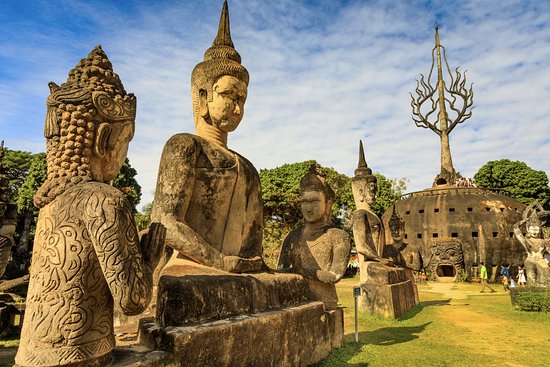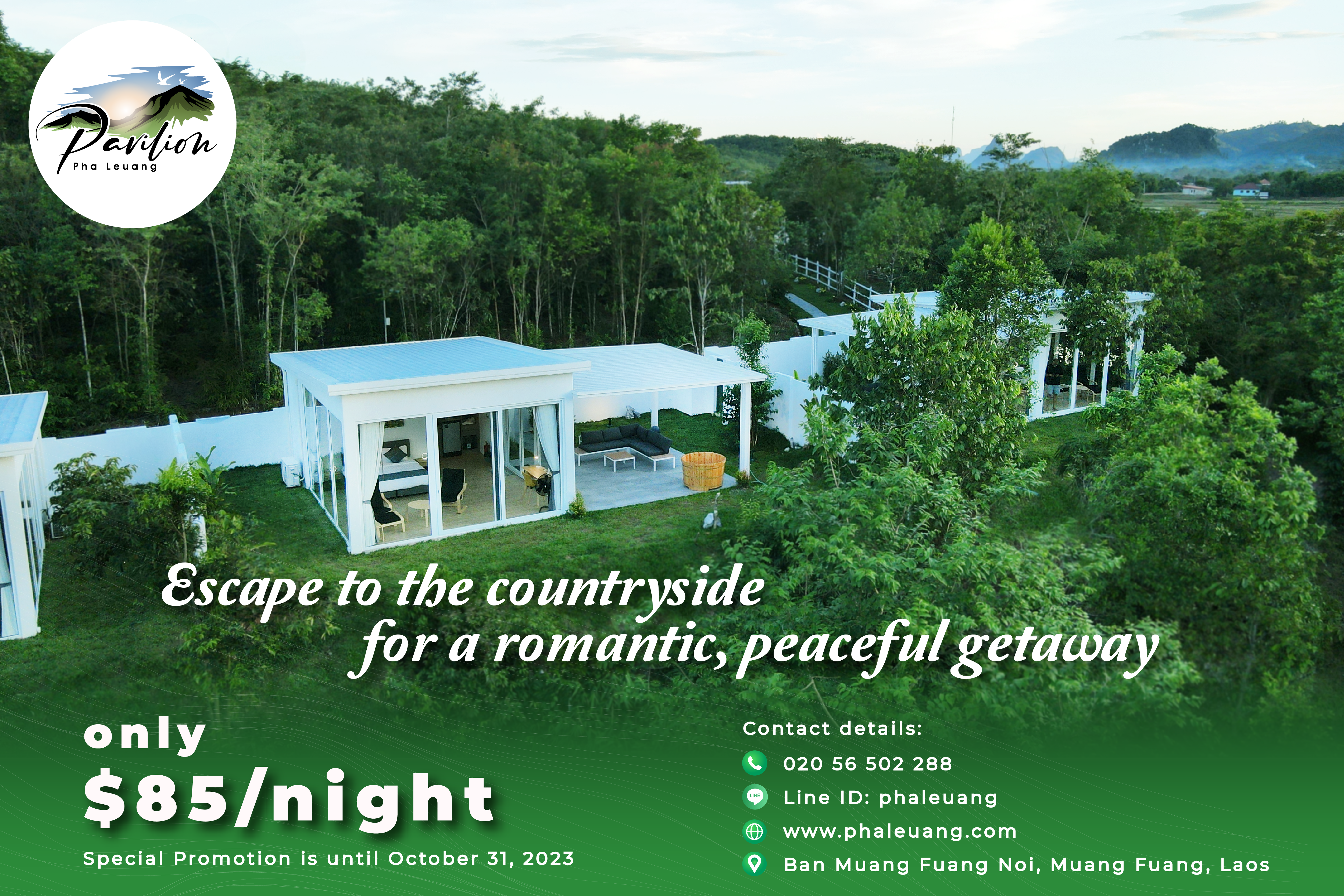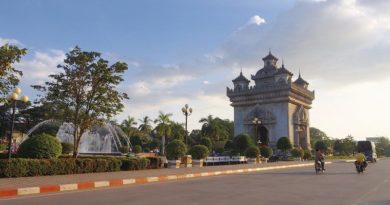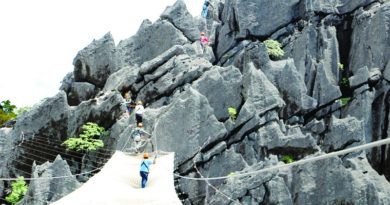Vientiane: An Impressive Cultural and Historical Capital
Source: Vientiane Times
A successful trip involves some planning and prior knowledge about one’s destination, and it’s even better if you have friends who live in the area and can make suggestions about where to go and what to see, so you don’t miss anything important.
When I travel and meet other people, I often tell them about my home country, Laos, and suggest they visit some of my favorite places like Luang Prabang, Vangvieng, and Champassak, where there are hundreds of interesting things to see.
But I often forget to mention the Lao capital, Vientiane, where I live, and which also has numerous interesting places to visit that are of historical, architectural, and religious interest.
This writer was not born in Vientiane but grew up there and has now spent 20 years in the city. It’s now what I consider to be my hometown and of course I’m very familiar with it, but I sometimes find it difficult to suggest places of interest when a friend comes to visit.
Of course, there are many must-see places in Vientiane but, as a native, over-familiarity and complacency have made it quite difficult to advise visitors on what to see and experience.
What I often do is to ask them about their interests and the usual response is that they want to see and do something that is truly Lao.
It’s not difficult to be a tour guide, as I just try to put myself in their shoes as a visitor and then go off to explore the places that are meaningful to me, and hopefully of interest to
them as well. The first thing is to take a tour of the city to give my friends a general idea of the main sights and lifestyle.
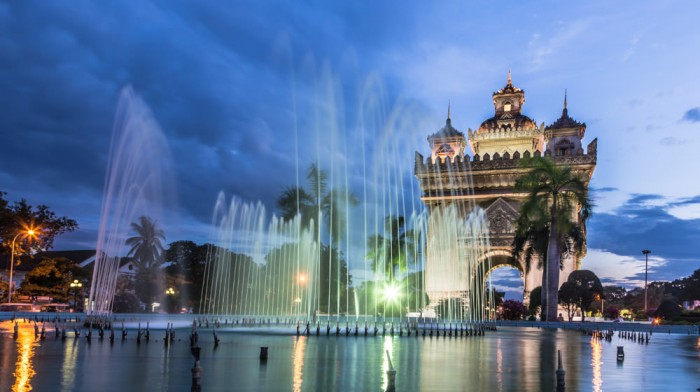
They are invariably impressed. Our first port of call is the iconic Patuxay monument, which is dramatically located at the end of a broad and imposing avenue. People have usually already seen photos on Google or Facebook but seeing it for real is a totally different experience. Patuxay means Victory Gate or Gate of Triumph. It was formerly called the Anousavalymonument, known by the French as Monument aux Morts, and was built between 1957 and 1968.
Most people are attracted to Patuxay because it’s right in the centre of Vientiane and a climb to the top affords spectacular views and photo opportunities across the city.
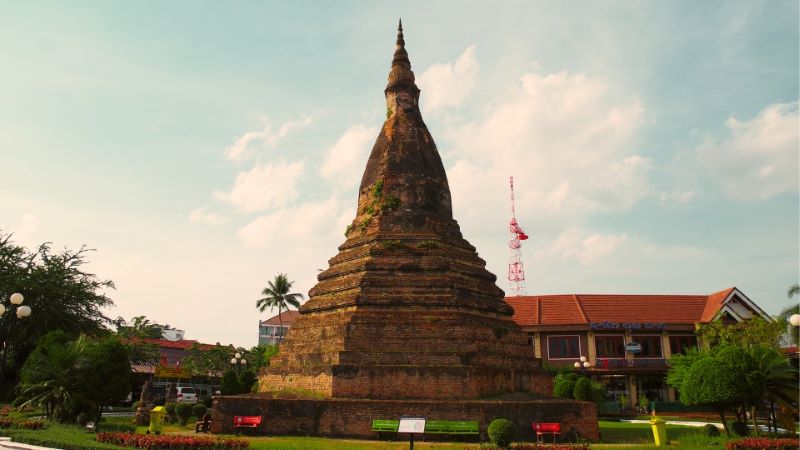
The next stop is the grand That Luang stupa, comprising a series of gold-covered spires. It is the largest Buddhist stupa and temple complex in Laos and was originally built as a Hindu temple in the 1st Century. If it’s not too hot we walk around the stupa and feel the sense of reverence it engenders. Everyone is inspired by its grandeur.
On other days we venture further out of town to Buddha Park, also known as Vat Xieng Khuan, which has over 200 Hindu and Buddhist statues set in lush gardens near the Mekong River.
It is located 25 km southeast of Vientiane just past the Lao-Thai border crossing and you can get there by renting a motorbike, taking a tuk-tuk, or catching Bus No. 14 to Thadeua.
Right now it’s the rainy season so everywhere is lush and green. At this time of the year, it’s fun to take people for a drive out of the city so they can see the emerald green rice fields that flank the roads.
Along the way are a plethora of rustic restaurants offering both Lao and foreign dishes. These are great to stop off at, sit in a wooden hut, and eat a tasty meal while surrounded by rice fields and fish ponds.
Before it gets dark, one should take a walk around the town and admire the Presidential Palace, the official residence of the President of Laos, and then cross the road to marvel at Vat Sisaket which contains more than 2,000 small ceramic and silver Buddha statues, set in a cloister.
Built-in 1818, Vat Sisaket was constructed in the Siamese style of Buddhist architecture, with a surrounding terrace and an ornate five-tiered roof, rather than in the Lao style.
It may be the oldest temple still standing in Vientiane and is a popular location for couples wanting romantic pre-wedding photos. The French government restored Vat Sisaket in 1924 and again in 1930. Opposite is a small museum called Hor Phakeo which is another must-see.
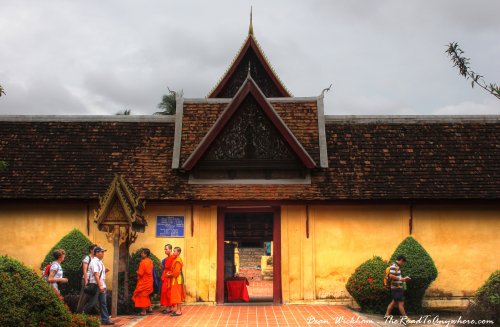
According to numerous online sources, the temple was built in 1565 for King Xaysetthathirath after he moved from Luang Prabang to Vientiane. One of the most famous and respected temples, Vat Simeuang, is also close by and is a good place to end the day’s sightseeing. Local folk like to go there to pray for good fortune.
Perhaps one of the most enjoyable parts of a tour of Vientiane is in the evening when it’s a good time to head to the Mekong and wander through the Night Market, which is a great place to shop for souvenirs.
Then cap off a great day by enjoying a satisfying dinner beside the Mekong and watching the sun slowly set over the Thai side of the river.
A drive along the Thadeua to Sithantai road is perfect for people with an interest in Buddhism as there are many beautiful temples that are highly revered and believed to help people’s wishes come true, such as Nongkhamsane, Horpha, and Thongthat temples.
Having been an informal tour guide on many occasions, I now realise that Vientiane is not just a capital city but is a fascinating destination in its own right and has much to offer in the way of local interest.
The places I have recommended here are well-known and some people visit them time and time again. But I would strongly advise another visit, as things in Vientiane are changing rapidly and, in anticipation of Visit Laos Year 2024, the city is serving up even more delights.

